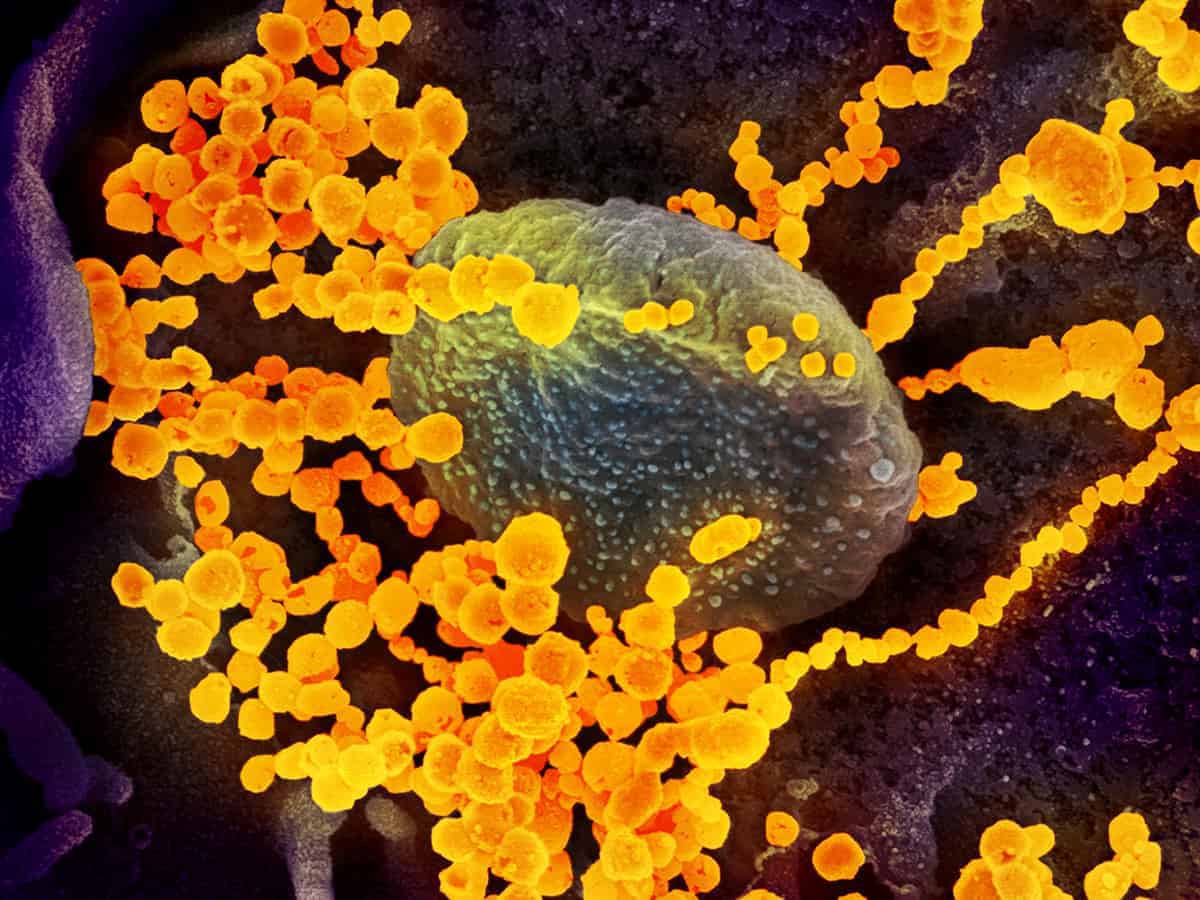Some cases of the so-called “COVID toe” were reported from Spain and the US earlier this month.
While fever, cough and difficulty in breathing are some of the most common symptoms of COVID-19, the disease has been known to affect different parts of the body. There have been reports that the disease may overstimulate the immune system and lead to a cytokine storm, and in some other patients, doctors noticed a swelling on their patients’ toes.
Further, it is still not clear why some individuals infected with the disease remain asymptomatic, while there are others who develop mild or moderate symptoms and some who get critically ill and succumb to the disease. Last week, the President of the Public Health Foundation of India, K Srinath Reddy, said one of the reasons the pandemic was unpredictable was due to the virus affecting different parts of the body as a result of which different clinical manifestations were being noticed. “Other viral epidemics have not had this speed of transmission or this level of body involvement of multiple body parts…” he said.
Join us for an Explained with Dr Naushad Forbes, Co-chairman, Forbes Marshall, former President, CII on understanding Corporate India’s challenges and strategies as they ramp up capacity and navigate the new normal.
Different conditions that may be associated with COVID-19:
Cytokine storm syndrome (CSS): It is well known that while people of all age groups are susceptible to the disease, those above 60 years of age and with co-morbidities are especially vulnerable to it. Even so, there have been reports of some young people, including teenagers, also succumbing to the disease. Earlier in April, research suggested that the disease might induce what is known as a “cytokine storm” in some patients.
Such a storm is characterised by the overproduction of immune cells and cytokines themselves, which can be harmful since an excess of immune cells can damage the healthy tissue. Ideally, once the immune system is triggered after the body is infected by a pathogen, the immune cells will reach the site of infection or injury and start the repair. But in case of a CSS, the excess of immune cells start to damage the healthy tissue as well.CSS is seen as a likely major cause of mortality in both the 1918-20 Spanish Flu, which killed more than 50 million people worldwide, and the H1N1 (swine flu) and H5N1 (bird flu) outbreaks in recent years.
If the clinical features of CSS are not identified on time, the syndrome can lead to multiple organ failure, sepsis and even death.
COVID toe:
Some cases of the so-called “COVID toe” were reported from Spain and the US earlier this month. The skin condition is characterised by purple, blue or red discolouration of the toes and sometimes even the fingers. A study in the International Journal of Dermatology (IJD) has described the condition as “chilblain-like lesions”.However, it is not yet clear if there is a direct relationship between this skin condition and COVID-19. A report published in the British Journal of Dermatology (BJD) mentioned a study regarding “unexplained” skin manifestations in 375 patients, which included confirmed COVID-19 patients. Among the five patterns of skin conditions described in the study, the researchers observed COVID toe in 71 of them (19 percent). Among these 71, 29 were infected with SARS-CoV-2.
Multi-system inflammation in children:
Children have formed a very small subset of those infected with COVID-19. A study published on March 31, 2020, by researchers from the Southwest Medical University and Birth Defects Clinical Research Center of Sichuan Province said children infected with the virus show milder symptoms, have a faster recovery and a better prognosis compared to adults.
However, late last month, the UK’s Paediatric Intensive Care Society (PICS) said it had observed a rise in the number of children of all ages with “multi-system inflammation”. This rare illness causes inflammation of the blood vessels, which leads to low blood pressure. It affects the entire body as it causes a build-up of fluid in the lungs and other organs and the condition is similar to Kawasaki disease, which is an acute inflammatory disease of the blood vessels and occurs in children below the age of five
Neurological connection:
On April 10, in a paper published in the journal JAMA Neurology, researchers concluded that neurological symptoms were seen in a “notable proportion” of hospitalised COVID-19 patients studied in Wuhan. Further, an article in The New York Times noted that some specialists had observed neurological symptoms in COVID-19 patients in Germany, France, Austria, Italy and Holland.Some of the neurological manifestations reported by the JAMA Neurology study include dizziness, headache, impaired consciousness, acute cerebrovascular disease, loss of full control of body movements, seizures and some manifestations in the peripheral nervous system, which include impairment in the sense of taste and smell.
Bowel abnormalities:
A study recently published in the journal Radiology found that among 412 COVID-19 patients admitted to a single health facility, bowel abnormalities were seen in 31 per cent of CT scans taken for 3.2 per cent of the patients and the presence of such abnormalities was more frequent in ICUs.While the cause of such abnormalities and if they are directly related to COVID-19 is not exactly clear yet, some possible explanations for the spectrum of bowel findings include direct viral infection and small vessel thrombosis.

